2020 has changed a lot of things, including the tools we use to reach out to prospective customers.
But it hasn’t changed the fundamentals- every campaign still needs a great list, offer and presentation!
In this video, John and I describe three direct mail campaigns that can be extraordinarily successful in 2021 –
- Retargeting online leads
- Following up before or after a consultation
- Large list prospecting.
Which will YOU try next?
[embedyt] https://www.youtube.com/watch?v=02k8CuQRFps[/embedyt]
Transcript – Three Direct Mail Campaigns to Plan for 2021
Paula Williams:
Welcome to this week’s episode. Today, we are talking about three aviation direct mail campaigns for 2020 and 2021. So I’m Paula Williams.
John Williams:
And I’m John Williams.
Paula Williams:
And we are ABCI. And ABCI’s mission is…
John Williams:
To help all you out there in aviation world sell more products and services.
Paula Williams:
Absolutely. So 2020 was crazy not.
John Williams:
And not to be repeated.
Paula Williams:
Exactly. But it does impact some things.
John Williams:
And influence next year, whether we like it or not.
Paula Williams:
Exactly. So it’s been a lot of fun. We’ll be glad when it’s over, but it is going to be an influence on marketing and demographics and a bunch of other things that we have to worry about for some time. So nothing has changed about what works in marketing, right? There are some things that never change.
And one of those things that never changes is the campaign, right?
John Williams:
Yeah.
Paula Williams:
And a campaign is a list, an offer, and a presentation. So the list is who are the best people that we should reach out to? The offer is what is the most attractive thing that we can offer them? And the presentation is what is the most effective way we can get that in front of people? That’s like gravity, right? Nothing changes about the fact that you have to have all three of those things in a campaign.
John Williams:
Yeah, to get people interested.
Paula Williams:
Exactly. What has changed is everything else. It’s changed the way we get lists, it’s changed the way we do offers, it’s changed the way we present those offers for sure, right?
John Williams:
In fact, I don’t remember who said it, but somebody said 20% of the people don’t need to be sold. 20% of the people you can’t sell to. Which leaves the other 60% of who you’re working with.
Paula Williams:
Exactly. And a lot of times that 60% is what really makes the difference between living and dying as a company. So you want to keep your company healthy. And a lot of times we’ve had to shift one or more of these factors, the list, the offer, or the presentation, because of things that have happened over the last year.
John Williams:
Yep.
Paula Williams:
Okay. All right. So first thing is direct mail does still work and I’m going to share a couple of statistics for you.
Direct mail does work in a digital world. If you’re one of the direct mail marketing companies, continuing to generate sales and leads from this source, you know this is true. But some people wonder or even ask, why do you focus on something that is so old school?
John Williams:
Because it works.
Paula Williams:
Exactly. The message shift to digital ads doesn’t mean that direct mail marketing doesn’t produce results. In fact, direct mail is alive now more than ever. And a few of the things that are leading into that are the fact that everyone is so flooded with digital materials. Everybody has an inbox that they never get to the bottom of, at least I do. Really. He’s our Mr. Tech guy, as well as all of the other hats that he wears. And the fact that I never get to the bottom of my inbox is well known among the two of us. So email, complete flood. Digital marketing, that’s a little bit better because you can pay money to target your ads to people. And you can be very specific about the people you want those to go to. But still they’re seeing so many ads, the average person sees more ads now than they did even five years ago, even with all that targeting going on.
So it’s kind of crazy. All right. So the first thing you want to think about is what do I want to accomplish with my marketing and what can mail do for me? What have you done for me lately, right? Okay. So here’s a way to combine the two. Obviously we love using all of this fantastic technology and all of this fantastic data that we now have access to that we didn’t three years ago, even, right?
John Williams:
True.
Paula Williams:
And we get it for free. Actually, in some cases we may be paying for retargeting cookie or something like that. We may be paying for forms on our website that deliver us leads. We may be-
John Williams:
But the data itself is what you’re saying is free?
Paula Williams:
Exactly. We’re using, in our group, our clients use Leadfeeder, which provides information about people that have visited your website and things like that. So there’s lots of ways to collect information about people’s online activity, and then to retarget that with a postcard or some kind of direct mail. And what that does, is it just kind of like leaps off the page, right? Or leaps off the screen into the real world. People feel differently about something that they can feel in their hands. Something that’s tangible.
A lot of the aviation decision makers are forty-five plus, college educated, male, military background, and so forth. Nothing is real to these kind of people until it’s on paper, right? At least it becomes more real when it’s on paper, right?
John Williams:
Right.
Paula Williams:
Yeah. It’s a psychological thing, but it is absolutely valid.
John Williams:
Something you have to deal with.
Paula Williams:
Right. Exactly. So you can argue about this all day long if you’re a millennial or a Gen X-er or anything else that things online are just as real as things that are printed.
John Williams:
We don’t disagree with that. However…
Paula Williams:
Exactly, so.
John Williams:
Whatever.
Paula Williams:
Right. So a way to do this is to take those lists of data. And a lot of people get these lists and don’t do anything with them, so they get tons and tons and tons of leads and then they never follow up on them. The easiest thing in the world is just to have some piece of software that creates a mailing label when someone does a certain series of actions online.
The simplest form of this is someone fills out a form on your website and requests an information package, and then you put something together and send it to them in the mail, not online, not to their email, right?
John Williams:
Right.
Paula Williams:
Okay. This does two things. Number one, you get to request their physical address. And they’re more likely to give that to you if they are a legitimate entity. And number two, it gives you the opportunity to really showcase your work in a way that your competitors are not doing because they’re just sending them an email and you’re sending them a box or an envelope or something that has more information in it that makes sense. So you fill out a form one of ABCI websites, depending on the form that you fill out. And depending on how qualified you are based on our software and other things, you may get a blue folder like this one in the mail. And some of you probably have gotten these before that has a catalog and some customer success stories and some checklists and other things that are really useful.
John Williams:
Yeah. Some specific data for the individual.
Paula Williams:
Exactly. And it’s custom to you and has a handwritten note on it. And so that’s a lot more effective than just sending an email. And that’s why we take the time to do that, right?
John Williams:
Exactly.
Paula Williams:
Yeah. Okay. If you’re one of our team members, you’ll recognize this very, very well. This is our Leadfeeder results. So I can see that someone from Boeing has visited ABCI’s website three times over the last 30 days and has left a pretty detailed set of breadcrumbs. Now I can’t necessarily tell which individual at Boeing did this because Boeing’s a big company. But if I had been talking with Boeing or if I have people in my LinkedIn that I’m connected with on Boeing or from Boeing, then of course, I’m going to send them blue folders, right? Because I can see that there are some specific things that they are interested in. And I can probably guess who those people are.
John Williams:
Oh yeah. It doesn’t take a whole lot to figure out if it’s a sales guy or an engineer.
Paula Williams:
Exactly. So that’s really, really helpful. And that’s how we do retargeting online activity, either a form or some kind of software or some kind of retargeting cookie or something along those lines. Okay? Cool. So that’s campaign number one.
Campaign number two is to send an information package before or after a consultation. So a lot of times we will schedule a consultation with someone and it happens so fast that we can’t get them mail prior.
John Williams:
Right.
Paula Williams:
But we do send something after the fact. That here’s a nice follow up. Maybe here’s a transcript of our conversation. Here are some other information that we didn’t get to because of time, but that you had asked about. And I told you I would follow up with you. Following up by mail is more effective than following up by email, once again, because those emails can get lost more easily. And because there’s a tangible impact of mail that just kind of adds to the credibility of your consultation.
John Williams:
Plus with real snail mail, postal mail.
Paula Williams:
Yeah.
John Williams:
You can get past the gatekeepers in one way or the other. And we got some interesting stories for later about that.
Paula Williams:
Exactly. And you can be really creative with direct mailing ways that you can’t be with email. And that’s one of the reasons if you’re having trouble with the gatekeeper, you can always send a package rather than a postcard because most executives will have packages forwarded to them and they may not have postcards or anything that looks like an ad sent to them. Okay. So that’s campaign number two, follow up before or after a consultation.
Campaign number three is if you’ve got a big list that you need to figure out who on this list is interested in your product or service, a postcard is probably the most cost-effective way to do that. Of course you can do an email broadcast, but the open rates have been going down. And you can get in, depending on what rights you have to that list. In a lot of cases, if that comes from an industry specific association or something like that, the terms of service don’t let you email them, but they almost always let you send them a postcard.
John Williams:
Right.
Paula Williams:
So to target 500 people, you can spend 250 bucks on postage to get them a postcard. And then of those people, some of them are going to raise their hand. And this depends on having a great call to action on that postcard and a great offer. So once again, you’ve got your list, your offer, and your presentation. So your offer has to be something low cost and low risk. Something like a really good, useful, urgent, ultra specific free consultation. Like we talked about last week, right?
John Williams:
Exactly.
Paula Williams:
And so if it’s something that’s super attractive to the right person, then those postcards can be very effective in getting somebody to raise their hand and say, “I’m interested.” The best call to action for a postcard is a phone call. And I don’t like this answer because I would much rather have them fill out a form online.
It’s less work for me, but all of the data suggests that the very best and most effective call to action for a postcard is to get them to call your office. Someone that makes a phone call is 10 times more likely to make a purchase than someone who fills out an online form.
John Williams:
That’s me.
Paula Williams:
That’s you. Yeah. That’s the demographic that we’re after is this guy right here. Somebody who is male, not 20, and college educated and all of those things. They’re a whole lot more likely to pick up the phone when they have a question and they want information right away. And they’re actually in buying mode than to fill out an online form.
John Williams:
You got it.
Paula Williams:
Cool. So as much as I dislike that answer and wish it were different, that’s the reality that we’re dealing with.
So if your call to action from your postcard is call us to schedule a free consultation, and then you actually have a human being, answer the phone and schedule those consultations. That’s really the gold standard of getting those postcards to work well for you, right?
John Williams:
Yep.
Paula Williams:
Okay. All right. So that’s three campaigns for 2020 and 2021. Once again, those were retargeting people based on their online activity, right? They were sending something before or after a consultation.
John Williams:
Yes.
Paula Williams:
So following up before or after. And number three was basically a winnowing of a large list or prospecting a large list to get the people who were the most interested and closing for a phone call. So actually that applies to every single one of those campaigns. If you can close for a phone call and say, “Call our office, and then we will send you a book.” Or whatever, or schedule another consultation with a larger set of your team, or whatever your next step in your sales process is. If you can get that phone call, that’s really the most effective way of getting a response for getting good return on investment for your direct mail campaigns.
John Williams:
Yes, it is.
Paula Williams:
Even now.
John Williams:
Even now.
Paula Williams:
Everything else has changed, but some things don’t. All right. So go sell more stuff.
John Williams:
The industry needs the business.
Paula Williams:
Absolutely. Thank you, John.
John Williams:
Yep. Stay healthy. Be happy. See you next time.
Paula Williams:
Yep. Thanks.
Podcast: Play in new window | Download
Subscribe: Spotify | Amazon Music | RSS



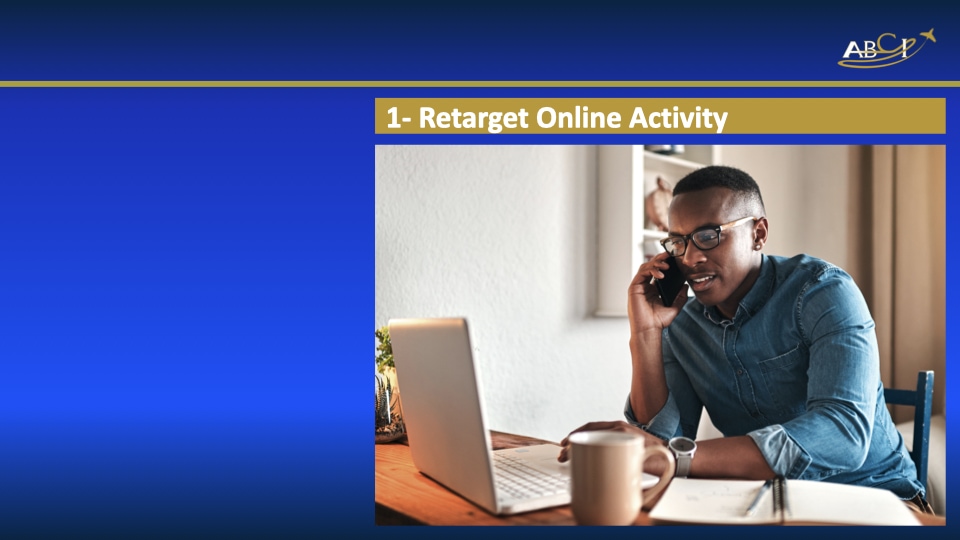

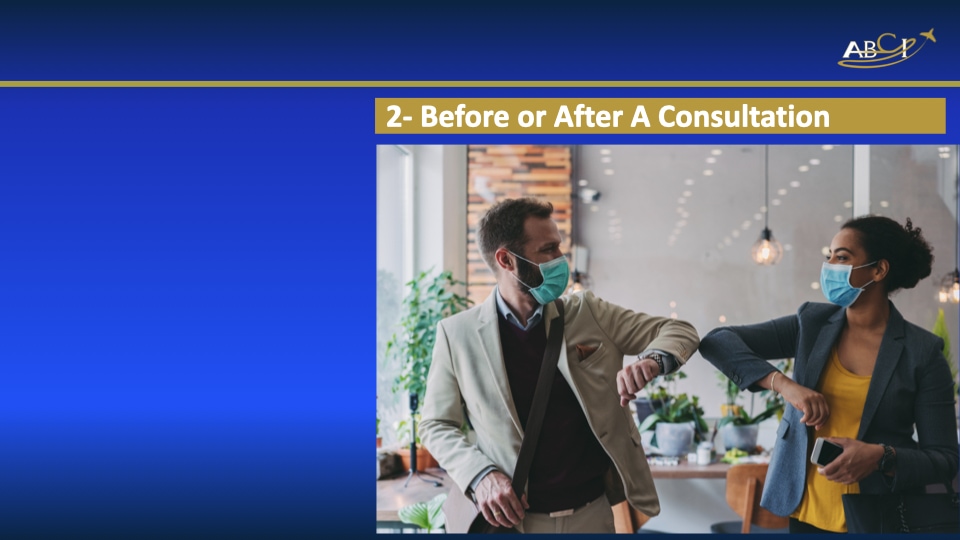
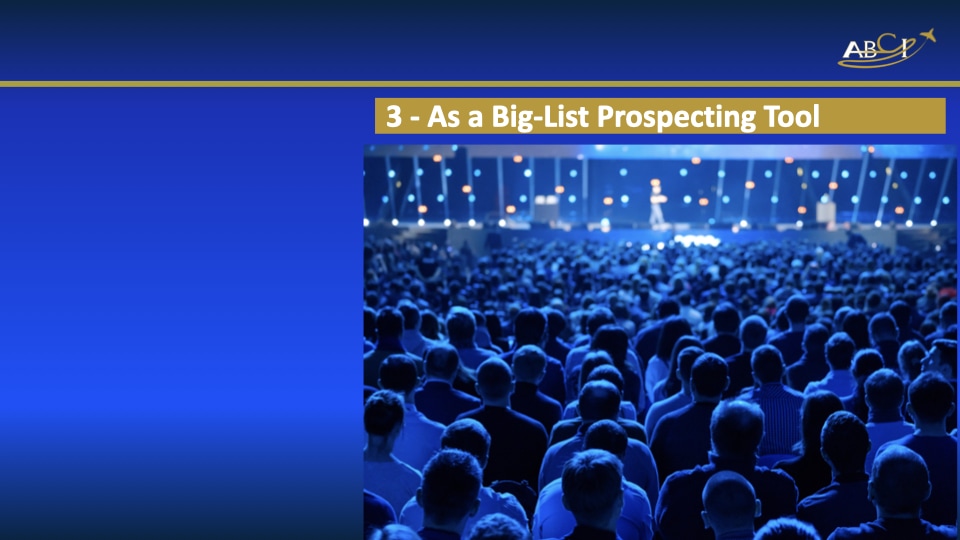


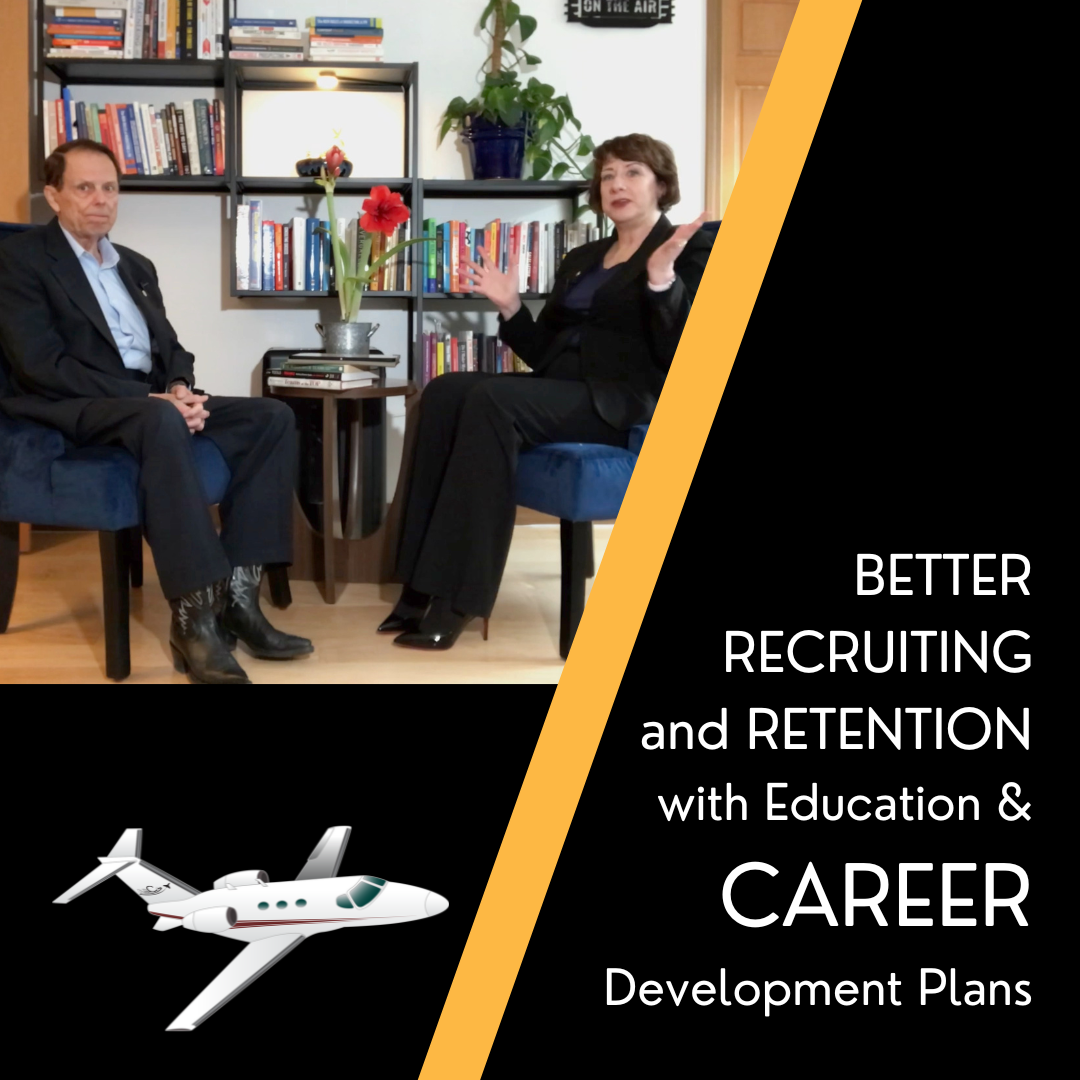
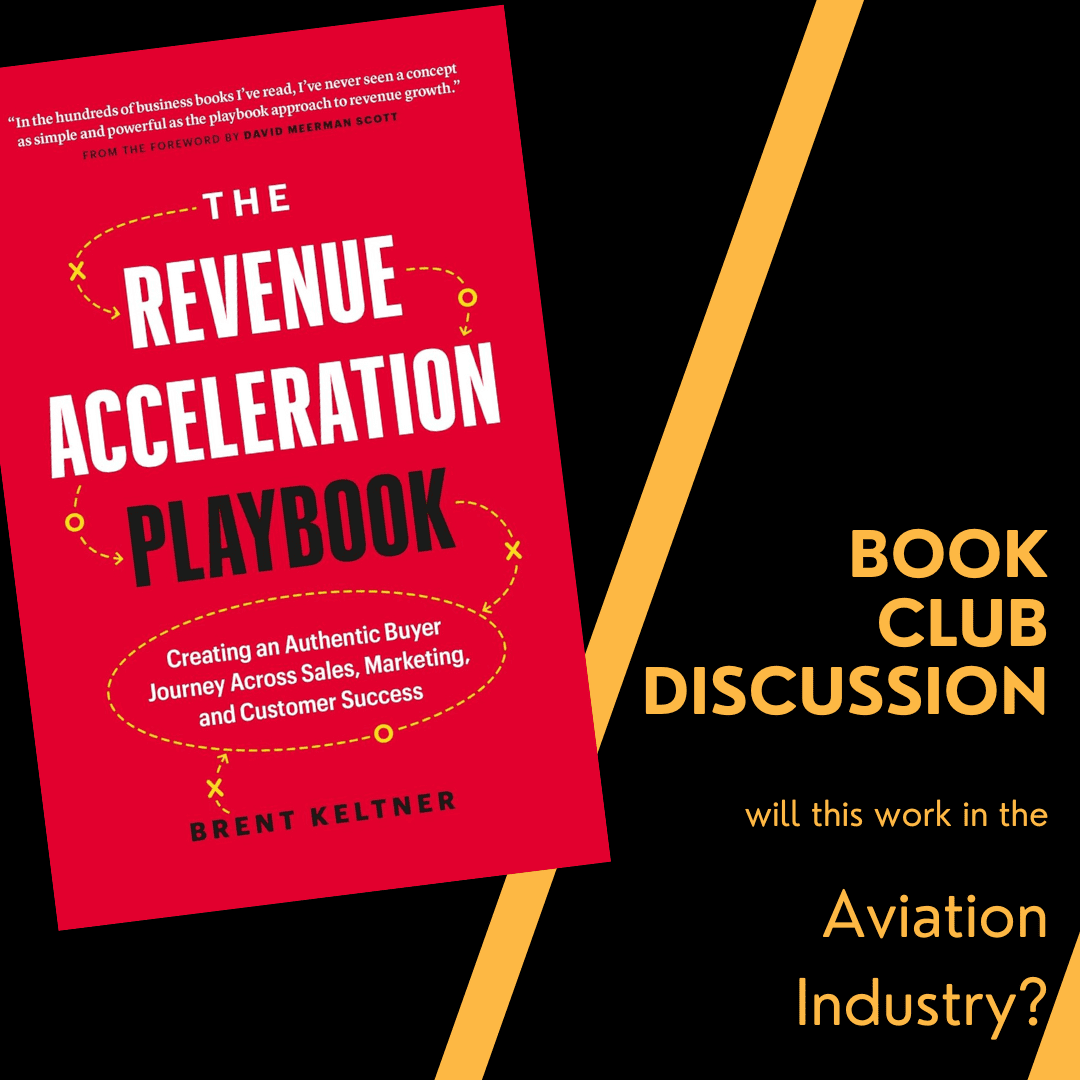
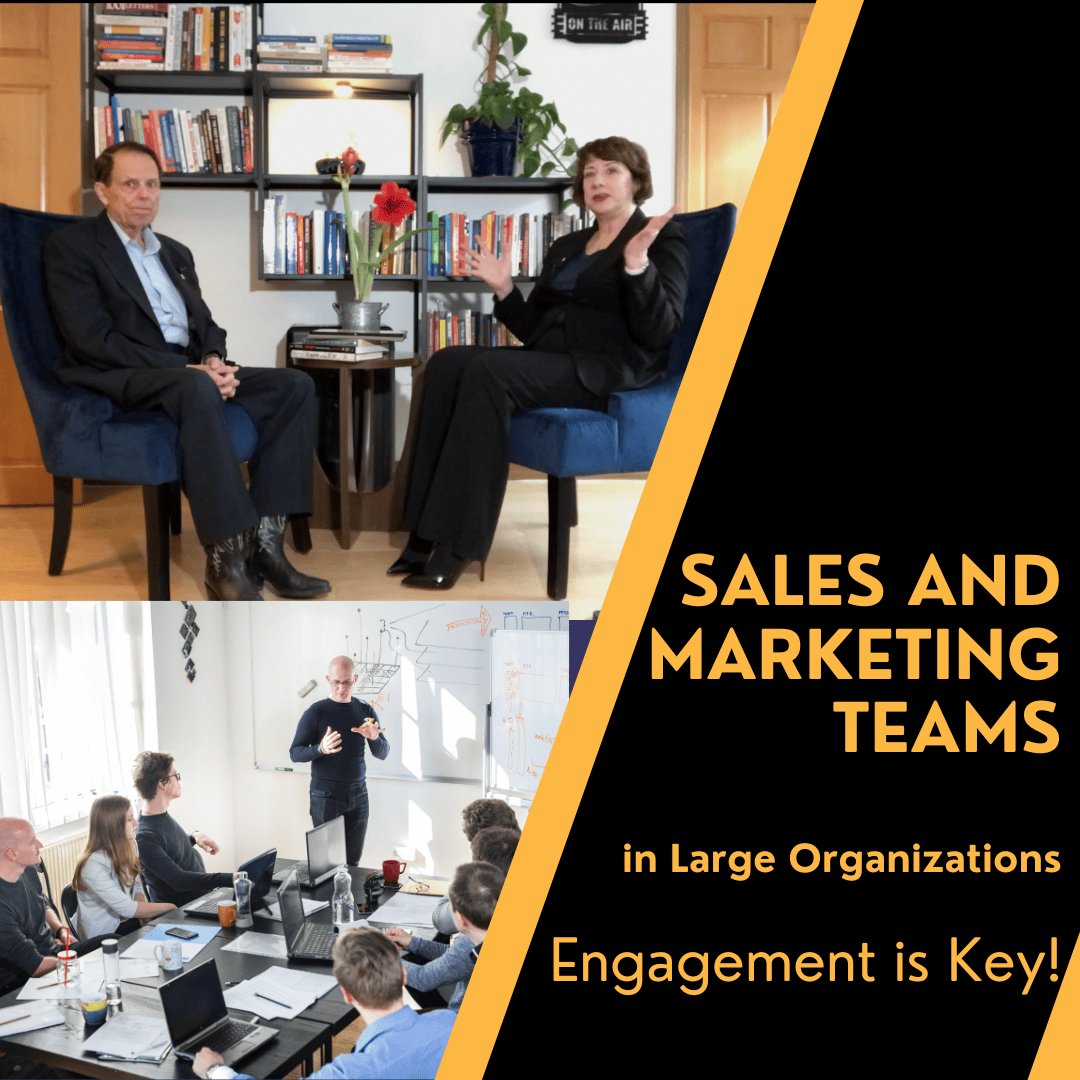
Leave A Comment